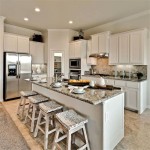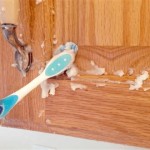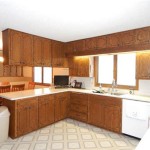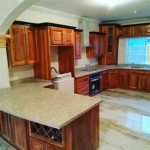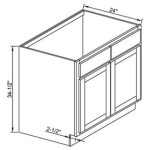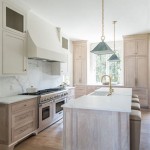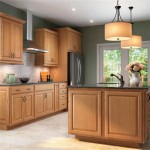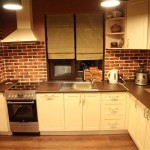Essential Aspects of Membrane Press Kitchen Cabinets
Membrane press kitchen cabinets have gained immense popularity in recent years due to their exceptional durability, affordability, and sleek aesthetics. These cabinets are manufactured using a revolutionary technology that involves pressing multiple layers of materials together under high heat and pressure. The process results in a highly durable and customizable end product that elevates the functionality and style of any kitchen.
Membrane Material
The membrane used in membrane press cabinets is typically made of polyvinyl chloride (PVC) or other similar materials. These membranes provide excellent resistance to moisture, heat, and staining, making them ideal for kitchens that experience heavy usage. Additionally, the membranes can be embossed with various patterns and textures, allowing for a wide range of design possibilities.
Substrate Construction
Beneath the membrane layer lies the substrate, which forms the core of the cabinet. The substrate can be composed of particleboard, medium-density fiberboard (MDF), or plywood. MDF is a commonly used material due to its stability and resistance to warping. Plywood, on the other hand, offers superior strength and durability but may be more expensive.
Adhesive Bonding
A high-quality adhesive is used to bond the membrane to the substrate. This adhesive ensures a strong and durable bond that prevents the membrane from peeling or delaminating, even under extreme conditions. The adhesive should be specifically formulated for use in membrane press cabinet manufacturing to withstand the high heat and pressure involved in the production process.
Finishing Process
The finishing process is crucial for enhancing the aesthetics and durability of membrane press cabinets. The cabinets may be coated with a lacquer or paint finish. Lacquer provides a high-gloss finish that is resistant to scratches and fading. Paint finishes, on the other hand, offer a wider range of color options and can create a matte or semi-gloss effect.
Hardware Selection
The hardware used in membrane press cabinets plays a pivotal role in both functionality and design. Knobs, handles, and hinges should be made of durable materials such as stainless steel or aluminum. Soft-close hinges reduce noise and provide a smooth and effortless closing action, enhancing the user experience.
Advantages of Membrane Press Kitchen Cabinets
- Durability: Membrane press cabinets withstand moisture, heat, and staining, ensuring long-lasting performance.
- Affordability: They are more affordable than solid wood cabinets, making them a cost-effective option.
- Customizability: The wide range of membrane patterns, textures, and colors allows for personalized design solutions.
- Easy Maintenance: The non-porous surface of the membrane makes it easy to clean and maintain.
- Stylish Aesthetics: Membrane press cabinets offer a modern and elegant look that complements various kitchen styles.
Conclusion
Membrane press kitchen cabinets combine durability, affordability, and aesthetics to create a practical and stylish addition to any kitchen. Whether you are renovating an existing kitchen or designing a new one, membrane press cabinets are an excellent choice that will enhance both the functionality and visual appeal of your space.

Membrane Press Welco Kitchen

Membrane Press Welco Kitchen

Membrane Press Welco Kitchen

Membrane Press Series Kitchen Cabinets Classic Cabinet Penang Malaysia Bayan Lepas Design Story Sdn Bhd

Membrane Press Kitchen Cabinet Suppliers And Manufacturers China Factory Rebon

Membrane Pressing Northern Contours

Automatic Furniture Kitchen Cabinet Door Pvc Vacuum Membrane Laminating Pressing Machine China Woodworking Machinery Made In Com

Oem Wood Grain Waterproof Membrane Press Kitchen Cabinet Doors China Door Wooden Made In Com

Membrane Press Welco Kitchen

Wood Grain Waterproof Membrane Press Kitchen Cabinet Doors China Door Wooden Made In Com

